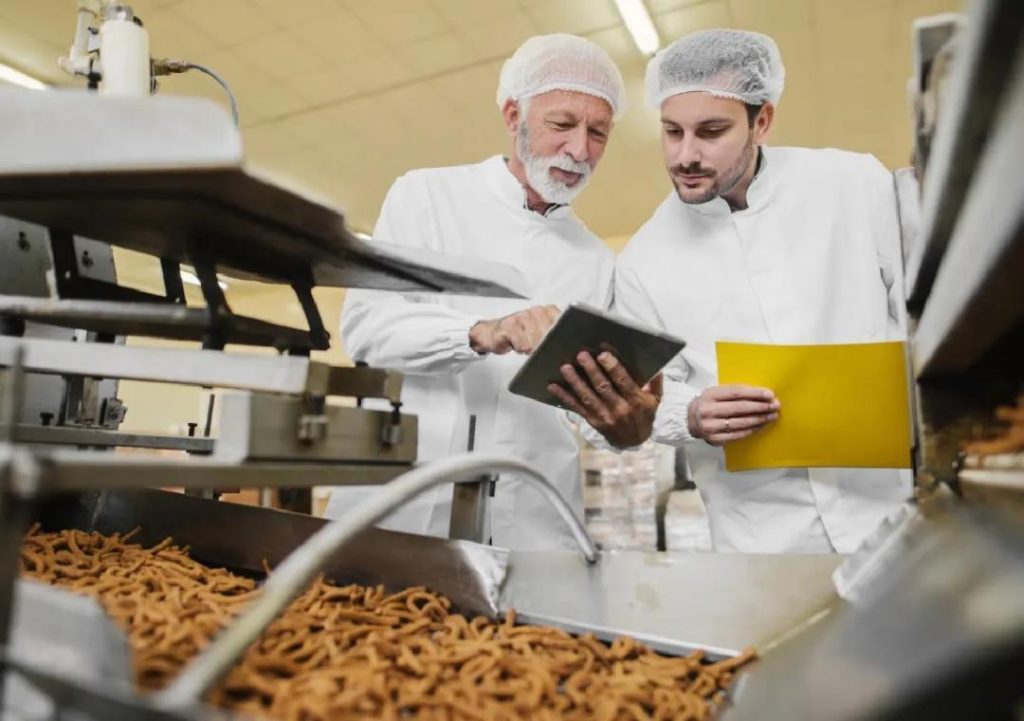
Can P&L Optimisation Redefine Success in Food Technology?
The food technology industry is a rapidly evolving landscape, with companies constantly seeking innovative ways to stay ahead of the competition, improve efficiency, and drive profitability. One crucial aspect that is gaining attention is Profit and Loss (P&L) optimisation. By streamlining P&L operations, food tech companies can cut waste, sharpen demand forecasting, and support better decision-making. In this blog post, we’ll delve into the role of P&L optimisation in the food tech industry and explore how it can redefine success for companies operating in this space.
The Importance of P&L Optimisation in Food Tech
Food tech companies face unique challenges when it comes to managing P&L operations. From raw material sourcing to production, processing, and distribution, the industry is marked by complexity, variability, and high waste rates. Inefficient P&L operations can lead to financial losses, decreased competitiveness, and even business failure.
To overcome these challenges, food tech companies are turning to automation, smart inventory systems, and data analytics to streamline their P&L operations. By leveraging these tools, businesses can:
- Reduce waste: Automation and data analytics help identify areas of waste and inefficiency, enabling companies to take corrective action and reduce waste rates.
- Sharpen demand forecasting: Advanced analytics and machine learning algorithms enable food tech companies to forecast demand more accurately, reducing the risk of overproduction and overstocking.
- Support better decision-making: Data-driven insights provide the foundation for informed decision-making, enabling companies to make data-driven choices about production, pricing, and distribution.
The Benefits of P&L Optimisation
The benefits of P&L optimisation in food tech are numerous and significant. By streamlining P&L operations, companies can:
- Boost margins: By reducing waste, improving forecasting, and optimising production, food tech companies can increase profitability and boost margins.
- Ensure sustainable growth: With a solid foundation for P&L operations, companies can scale more efficiently, ensuring sustainable growth and reducing the risk of financial strain.
- Stay competitive: In a rapidly evolving industry, P&L optimisation enables food tech companies to stay competitive by adapting quickly to changing market conditions and customer preferences.
- Improve customer satisfaction: By delivering high-quality products on time and in full, food tech companies can improve customer satisfaction and loyalty, driving long-term growth and profitability.
Scalable P&L Models
To achieve P&L optimisation, food tech companies must adopt scalable models that can adapt to changing market conditions and customer demands. This requires:
- Standardised processes: Implementing standardised processes and procedures ensures consistency and efficiency across all operations.
- Data-driven decision-making: Leveraging data analytics and machine learning algorithms enables companies to make informed decisions about production, pricing, and distribution.
- Collaboration and communication: Effective communication and collaboration between departments and stakeholders is essential for ensuring seamless operations and identifying opportunities for improvement.
Best Practices for P&L Optimisation
To achieve P&L optimisation, food tech companies should follow these best practices:
- Conduct regular reviews: Regularly review P&L operations to identify areas of inefficiency and waste.
- Invest in automation: Automate processes where possible to reduce manual errors and improve efficiency.
- Leverage data analytics: Use data analytics and machine learning algorithms to gain insights into demand forecasting, inventory management, and production planning.
- Collaborate with stakeholders: Foster open communication and collaboration with suppliers, customers, and internal stakeholders to ensure seamless operations and identify opportunities for improvement.
Conclusion
P&L optimisation is a critical component of success in the food tech industry. By streamlining P&L operations, companies can reduce waste, sharpen demand forecasting, and support better decision-making. By adopting scalable models and following best practices, food tech companies can achieve significant cost savings, improve profitability, and ensure sustainable growth.
As the food tech industry continues to evolve, the importance of P&L optimisation will only grow. Companies that fail to optimise their P&L operations will struggle to stay competitive, while those that succeed will be well-positioned for long-term growth and success.
Source:
https://www.growthjockey.com/blogs/p-and-l-operations-in-food-tech






